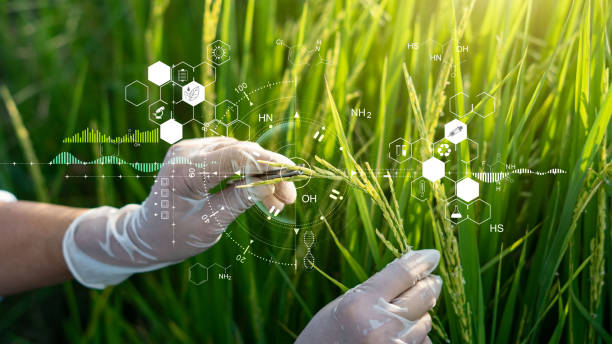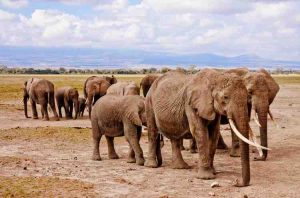
Part 1: Tinkering with the Tree of Life: Genetically Modified Organisms (GMOs)
The ability to manipulate genes has ushered in a new era of biotechnology. Genetically Modified Organisms (GMOs) are plants, animals, or microorganisms whose genetic makeup has been altered in a way that doesn’t occur naturally. This can involve inserting genes from other organisms, removing unwanted genes, or modifying existing ones.
GMOs have the potential to revolutionize agriculture, medicine, and even industrial processes. However, their development and use have sparked a heated debate about safety, ethics, and environmental impact.
The Promise of GMOs:
Proponents of GMOs highlight their potential benefits:
- Improved Food Production: GMO crops can be engineered to be resistant to pests and diseases, leading to higher yields and reduced reliance on pesticides.
- Enhanced Nutrition: Crops can be modified to have higher levels of essential vitamins and minerals, improving public health.
- Bioremediation: Microbes can be genetically engineered to clean up environmental pollutants more effectively.
- Medical Applications: GMOs can be used to produce drugs, vaccines, and even human organs for transplantation.
- Industrial Uses: GMOs can be used to create biofuels, biodegradable plastics, and other industrial products.
GMO Skepticism and Concerns:
Despite the potential benefits, concerns surround the safety and ethical implications of GMOs:
- Unintended Consequences: Altering genes in an organism could have unintended and unforeseen consequences on its health or the environment.
- Allergic Reactions: Introducing new genes could potentially trigger allergic reactions in consumers.
- Antibiotic Resistance: The use of antibiotic resistance genes in some GMOs could contribute to the rise of antibiotic-resistant bacteria.
- Corporate Control: Increased reliance on GMOs could lead to greater control of the food supply by large corporations.
- Ethical Concerns: Some argue that modifying the genetic makeup of organisms raises ethical questions about manipulating nature.
Part 2: Navigating the Maze: Regulation and Public Perception
The debate over GMOs extends beyond scientific research to policy and public perception:
- Regulation: Governments around the world have established regulations to assess the safety of GMOs before they can be commercially grown or used.
- Public Labeling: Debate continues on whether GMO products should be labeled to allow consumers to make informed choices.
- Misinformation and Public Trust: Misinformation about GMOs circulates widely, making it difficult for the public to form informed opinions.
Building Trust and Addressing Concerns:
Building public trust in GMO technology requires:
- Transparency: Scientists and companies need to be open and transparent about the development and testing of GMOs.
- Addressing Concerns: Legitimate concerns about safety and ethics must be addressed through rigorous scientific research and open dialogue.
- Education and Public Engagement: Educating the public about GMOs, the science behind them, and potential benefits and risks is crucial.
Part 3: The Future of GMOs – Striking a Balance
The future of GMO technology hinges on striking a balance between innovation, safety, and ethical considerations:
- Continued Research: Scientific research is vital to ensure the safety and effectiveness of GMOs while exploring new applications.
- Risk-Benefit Analysis: Each GMO should be evaluated on a case-by-case basis, considering potential benefits and risks.
- International Cooperation: Global collaboration is essential to ensure safe and responsible development and use of GMOs.
Ultimately, GMOs represent a powerful tool with the potential to address some of humanity’s most pressing challenges. By fostering open communication, rigorous science-based decision-making, and ethical considerations, we can navigate the potential of this technology while ensuring its benefits outweigh the risks.


